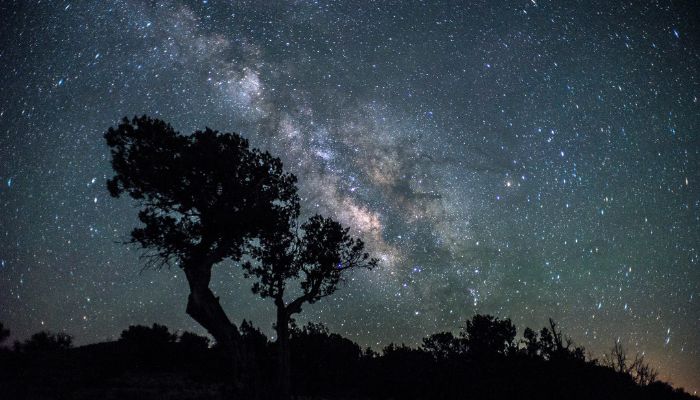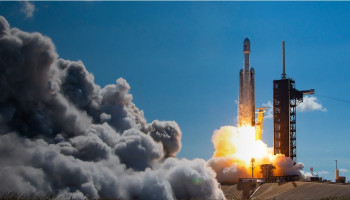
The year 2024 proved fascinating for astronomy enthusiasts, brimming with celestial spectacles that captured the attention of international skywatchers. From the breathtaking total solar eclipse in April to South America's dazzling meteor showers, the cosmos offered one spectacular event after another. Gadinsider has compiled a comprehensive guide to the year's most significant astronomical moments.
Quadrantids meteor shower peak (January 3–4)
The Quadrantids, known for their bright fireballs, peaked in early January. Observers across the Northern Hemisphere, particularly in Europe, North America, and Asia, enjoyed a dazzling display of meteors during cold winter nights. According to Seasky.org, the show enthralled those willing to brave the chill.
Great American total solar eclipse (April 8)
On April 8, a total solar eclipse swept across North America, from Texas to Maine. Within the path of totality, millions witnessed the awe-inspiring phenomenon of the Sun being completely obscured by the Moon, turning day into night. Accuweather.com described it as a once-in-a-lifetime event, with cities like Dallas, Indianapolis, and Buffalo drawing large crowds of eager skywatchers.
Comet Pons-Brooks at its brightest (April 21)
Comet Pons-Brooks reached peak brightness in April, presenting a splendid view of its tail and coma. Skywatchers in the Northern Hemisphere, especially in the United States, Canada, and parts of Europe, had an excellent opportunity to observe this celestial wonder.
Eta-Aquariids meteor shower peak (May 5)
Originating from Halley's Comet, the Eta-Aquariids peaked on May 5, delivering a stunning meteor show. Best viewed from the Southern Hemisphere, countries like Australia, Brazil, and parts of Africa enjoyed the swift and bright meteors, making it a favourite among stargazers, as noted by Seasky.org.
Perseid meteor shower peak (August 12–13)
The Perseids, one of the year's most anticipated meteor showers, peaked on August 12–13. Despite interference from a bright Moon, many meteors were visible in areas with minimal light pollution. North America, Europe, and Asia offered the best viewing opportunities, with rural locales providing particularly stunning sights.
Close approach of Mars and Jupiter (August 14)
On August 14, Mars and Jupiter appeared side by side in a spectacular conjunction. This celestial pairing was visible worldwide, with the Northern Hemisphere, including cities like New York and London, offering front-row seats, according to Seasky.org.
Lunar occultation of Saturn (August 21)
On August 21, the Moon briefly eclipsed Saturn, a rare event visible across parts of North America and Europe. Stargazers were treated to the sight of the ringed planet disappearing behind the Moon, a memorable experience for amateur and professional astronomers alike.
Planetary parade (August 28)
A rare planetary parade occurred on August 28, aligning Venus, Mars, and Jupiter in the night sky. This celestial alignment was visible from many locations, particularly in South America and Africa. Star Walk hailed the event as a magnificent display of planetary choreography.
Saturn at opposition (September 8)
September 8 offered the best opportunity to observe Saturn as it reached opposition, appearing fully illuminated and visible all night. Clear skies in the United States and Europe provided ideal viewing conditions, allowing observers to marvel at the planet's rings in vivid detail.
Annular solar eclipse (October 2)
On October 2, an annular solar eclipse created the "ring of fire" effect as the Moon obscured the Sun's centre. This spectacular phenomenon was visible across parts of the Pacific, South America, and the western United States. Star Walk described it as a rare and awe-inspiring celestial event.
Comet Tsuchinshan-ATLAS at its brightest (October 12)
Comet Tsuchinshan-ATLAS reached peak brightness on October 12, captivating observers in the Northern Hemisphere. With its bright coma and tail, it was a treat for stargazers using telescopes, particularly in North America and Europe.
Biggest full moon of 2024 (October 17)
October 17 featured the largest Full Moon of the year, a supermoon created by the Moon's closest approach to Earth. The Moon appeared larger and brighter than usual, enchanting viewers worldwide. Cities like New York, London, and Sydney enjoyed especially breathtaking views under clear skies.
















